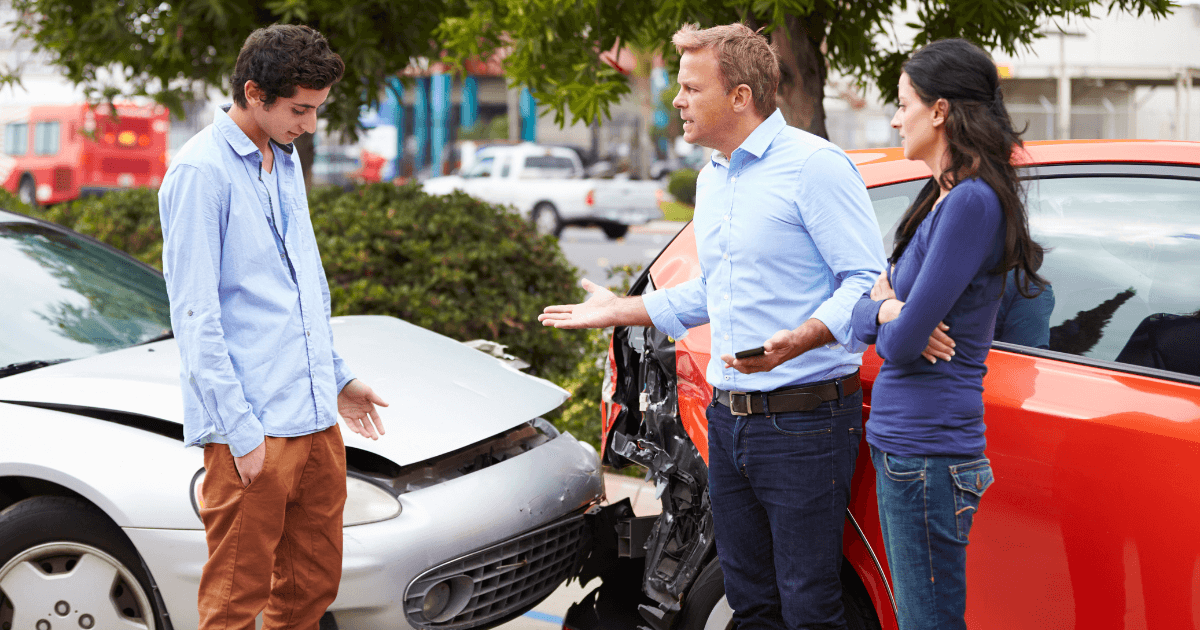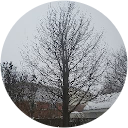Whether you were in a motor vehicle, bicycle or motorcycle accident, determining who is at fault can sometimes be complicated. Even if another driver or cyclist acted carelessly, without in-depth legal knowledge it can be hard to know which laws they broke.
Below you’ll learn how to gather the support you need to strengthen your case after an accident.
Get a Police Report
When the police visit the scene of an accident, they create an accident report. You should always get a copy of this report because it will include the reporting officer’s opinion on how the accident may have happened and who was at fault. If the officer issued a ticket, this will also be included. Sometimes the police report simply describes negligent behavior, but doesn’t specifically state that this behavior caused the action.
Whether the police report is detailed or not, if it mentions someone’s violation or dangerous driving, it will be good support for your case.
Know Local Traffic Laws
Depending on where you are located, traffic laws will be different, so knowing your provincial or local traffic laws can be incredibly important to establishing fault. You can usually find a copy of these laws at your local department of motor vehicles or at a public library.
To find relevant laws, look in the index for listings that may be related to the circumstances surrounding your accident. Was the other driver speeding? Did they fail to yield? If you’re unsure how to find what you’re looking for, visiting a law library and asking the librarian is a good next step. Once you find laws that are relevant to your accident, write down or copy their wording as well as the statute number so you can give these specifics to your insurance company.
Rear-End Collisions
If another driver hits your car from behind, the fault is usually assumed to be theirs, whether you stopped suddenly or not. This is because all vehicles are expected to follow at a far enough distance that they can stop safely when necessary. Since in this case the driver could not drive safely, they were likely displaying negligence.
In addition, the damaged rear end of your car and the damaged front end of the other car provide convincing evidence of who was responsible. Even if the driver that hit you files a claim against a car in front of you that caused your sudden stop, they are still responsible for paying for your injuries and damages.
Sometimes laws of “contributory negligence”, where you are held responsible for a portion of the damages, could apply in rear-end collision cases. If you are determined partly negligent, your damages may be reduced. For example, if your brake lights were out or your car broke down but you didn’t try to move the vehicle out of the roadway, you could be deemed partially negligent.
Accidents Involving Left Turns
If a car is turning left and is hit by a car coming straight from the opposite direction, the turning car is typically liable. Some exceptions do exist, but they can be hard to prove. Examples include a car going over the speed limit, running a red light, or having to slow down or stop during the turn.
Similarly to a rear-end collision, the damage to the vehicles usually tells the story of how the accident happened and it would be difficult to argue otherwise.
As with a rear-end collision, the location of the damage on the cars sometimes makes it difficult for the driver to argue that the accident happened in some way other than during a left turn.
If you have a tricky case and are unsure how to determine fault or are having trouble negotiating with your insurance company, it’s a good idea to call an Accident Lawyer. They will have the expertise you need to help you support your case.
If you need more help determining how fault is determined in an accident, click here to contact a personal injury lawyer for a free consultation or download our personal injury recovery kit.
Content Updated: Originally published September 07, 2017















